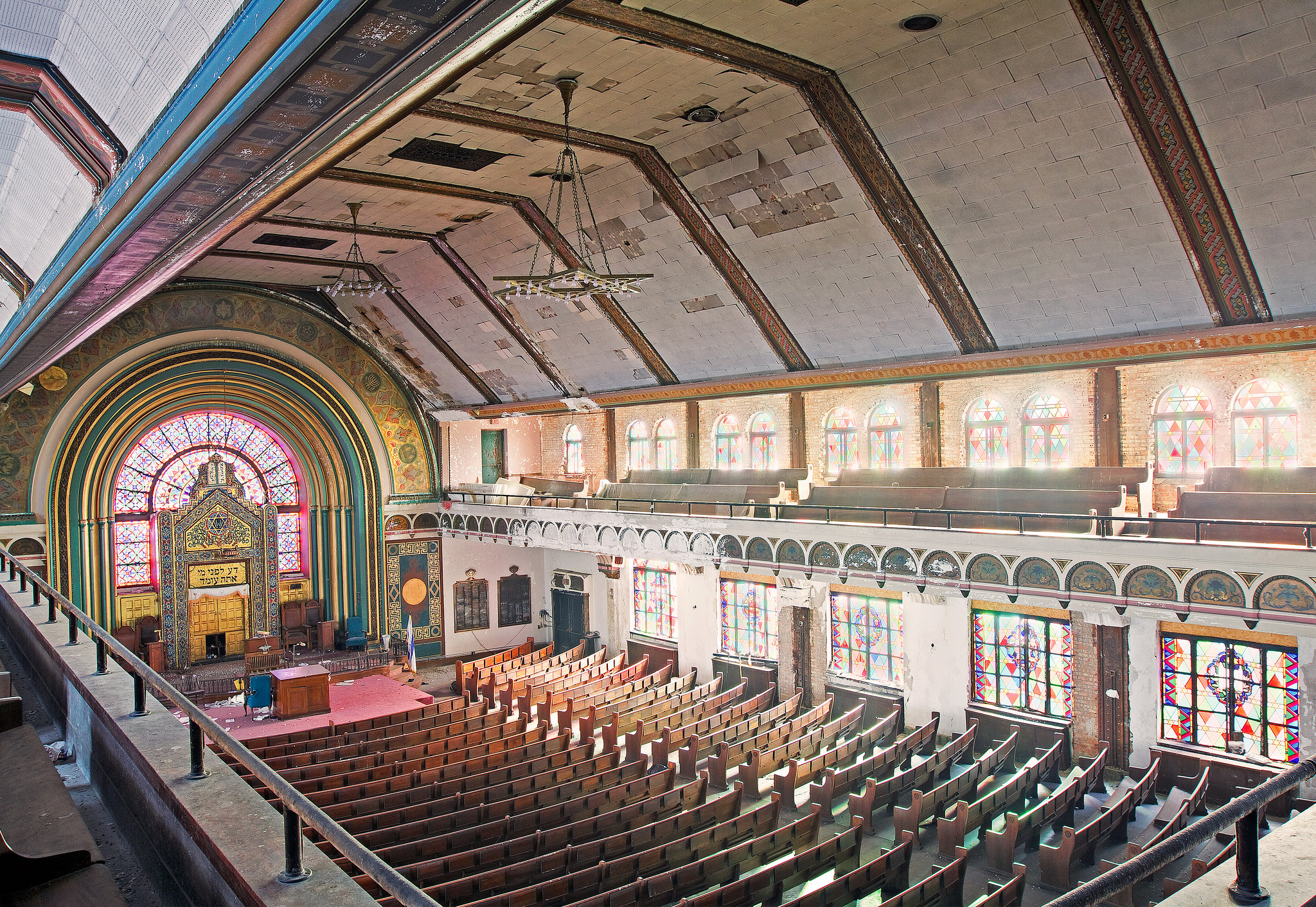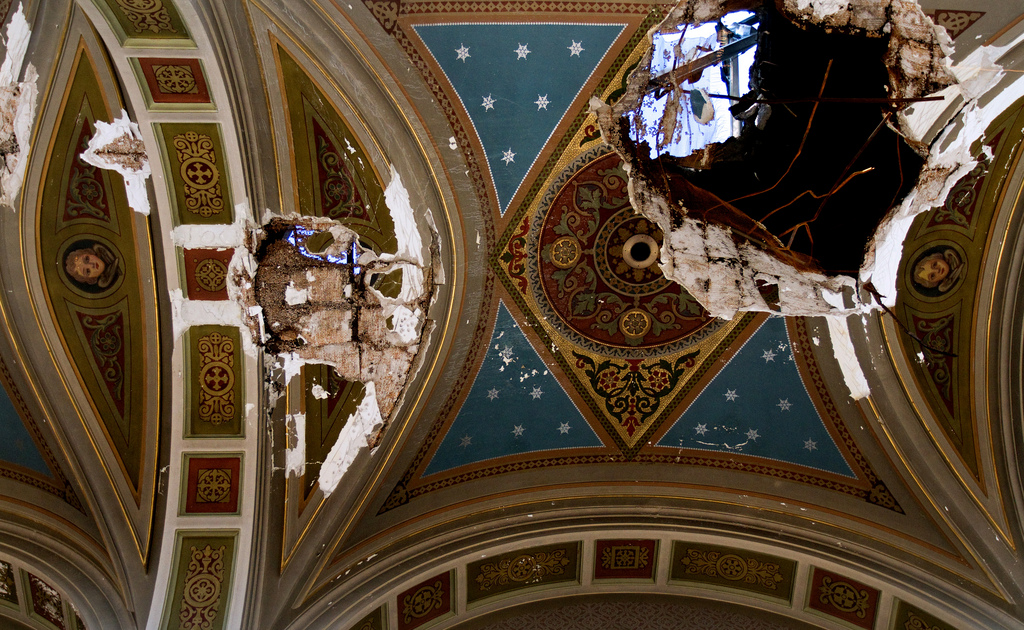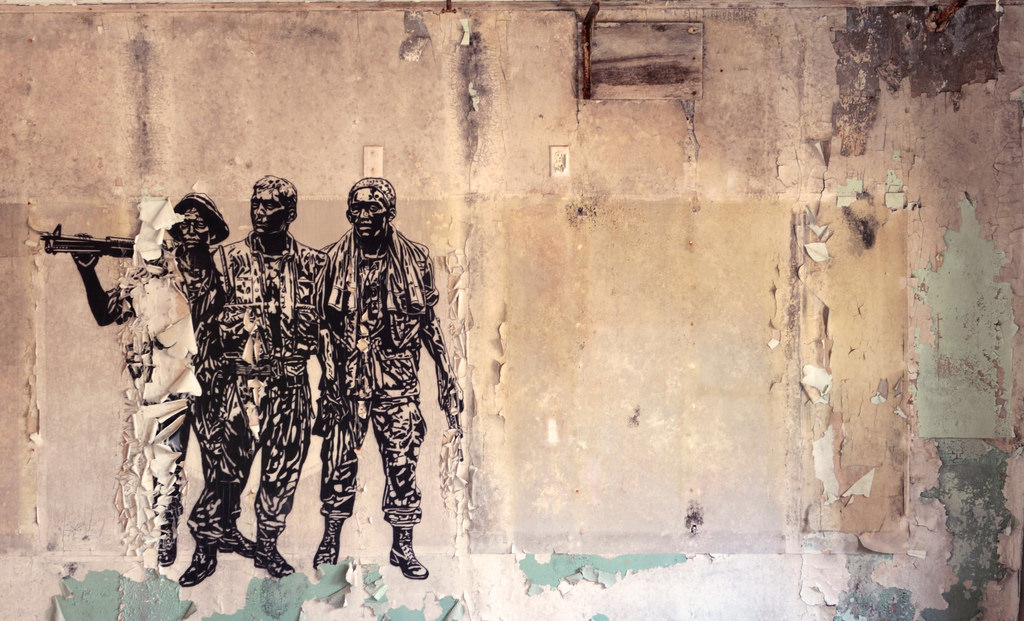St. Stephen’s Church
Pictured above.
Originally constructed at the turn of the 20th century to serve as a Christian Science Church, the St. Stephen’s congregation took over the church in the mid-1980’s. In the late 1990s, the congregation had difficulty covering expenses and sold the church to a residential developer. To alleviate preservationists’ concerns, plans were made to keep the beautiful 1917 façade intact as part of the development.
Joliet Correctional Center
Serving as a prison from 1858 to 2002, the facility is, perhaps, most well-known for its appearance in The Blues Brothers film. The prison also served as the location for the first season of the show
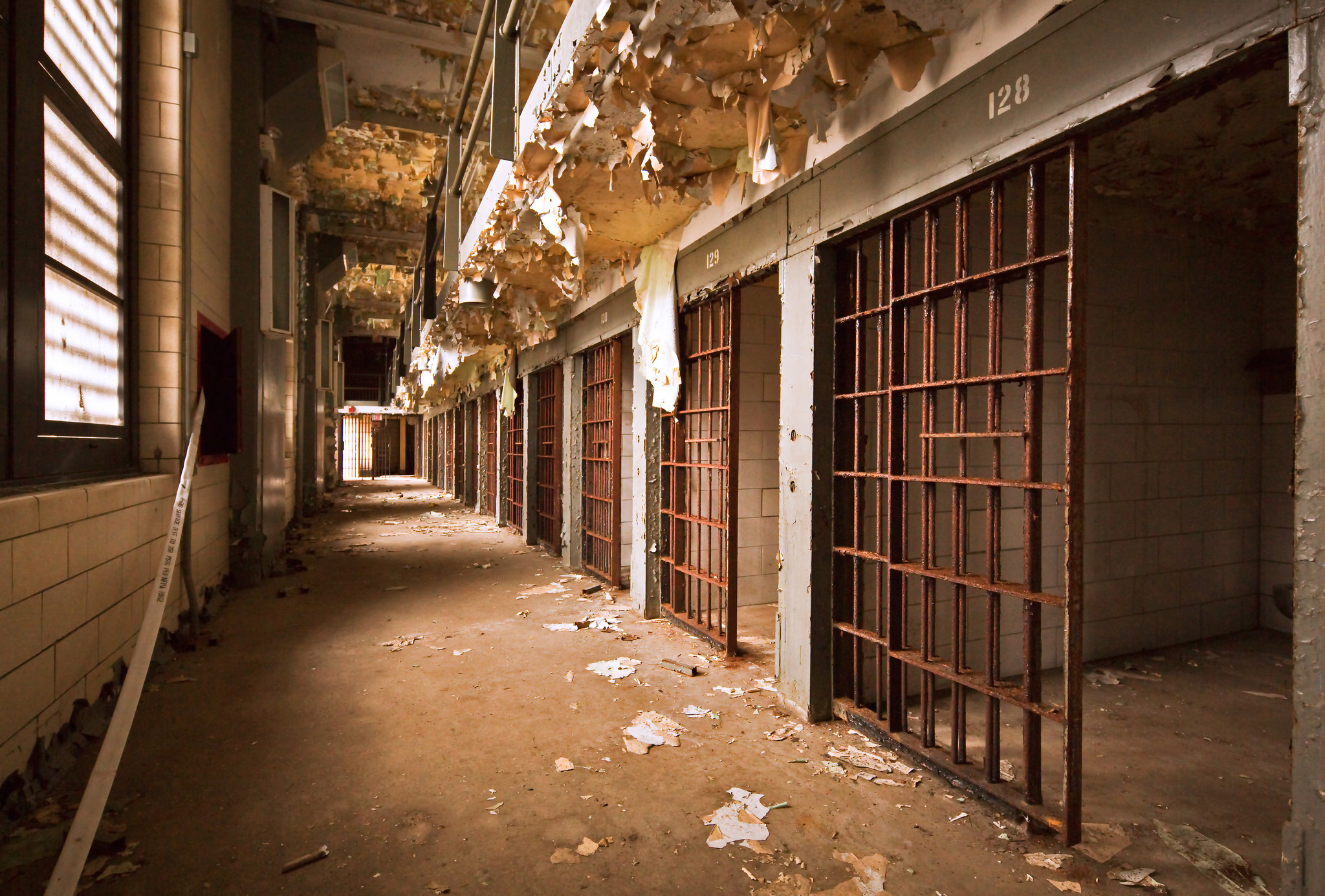
Undisclosed Sanitarium
Nearly 150 years ago, this hospital opened its doors as a training school for nurses. At the turn of the century, the institution was reorganized as a state hospital. During the 1970’s, the hospital focused on mental health and became a center for the care and treatment of the mentally disabled.
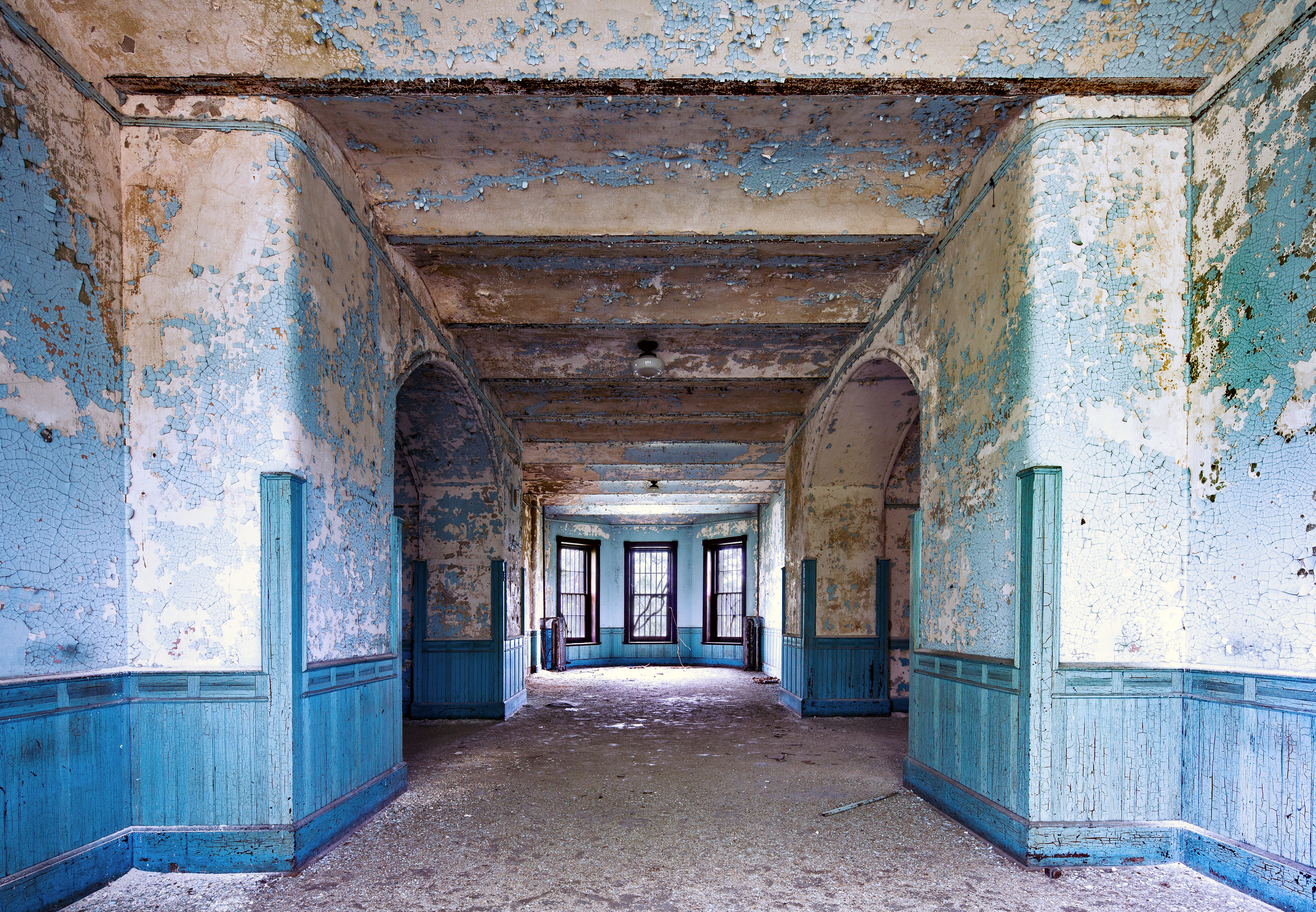
Cook County Hospital
Known as a place where society took care of those who could not otherwise afford medical care, many immigrants sought treatment at the hospital that was often referred to as “Ellis Island.” From its beginning, the hospital was known as a significant center for medical education, as physicians and interns alike could gain hands-on medical experience with a wide range of illnesses and diseases.
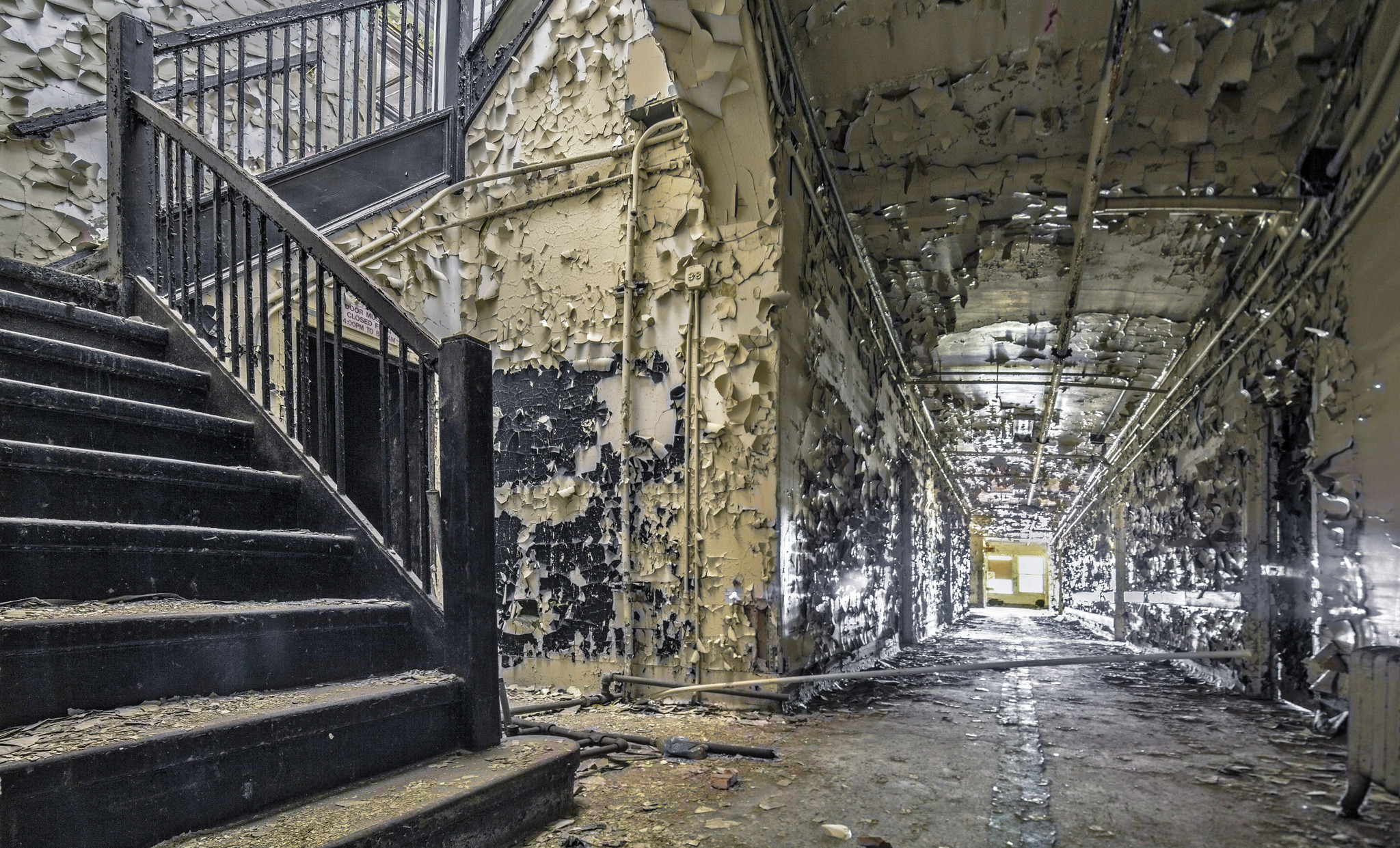
St. Boniface Church
Saint Boniface Church was established for German immigrants in 1865. With roots in Chicago history that predate the great Chicago Fire of 1871, the church helped to reshape and rebuild its neighborhood and city by providing makeshift housing within its buildings, as well as clothing and meals for people whose homes had been destroyed in the conflagration. Many of these people moved to the surrounding neighborhood, constructing the St. Boniface Church brick edifice that was completed in 1904.
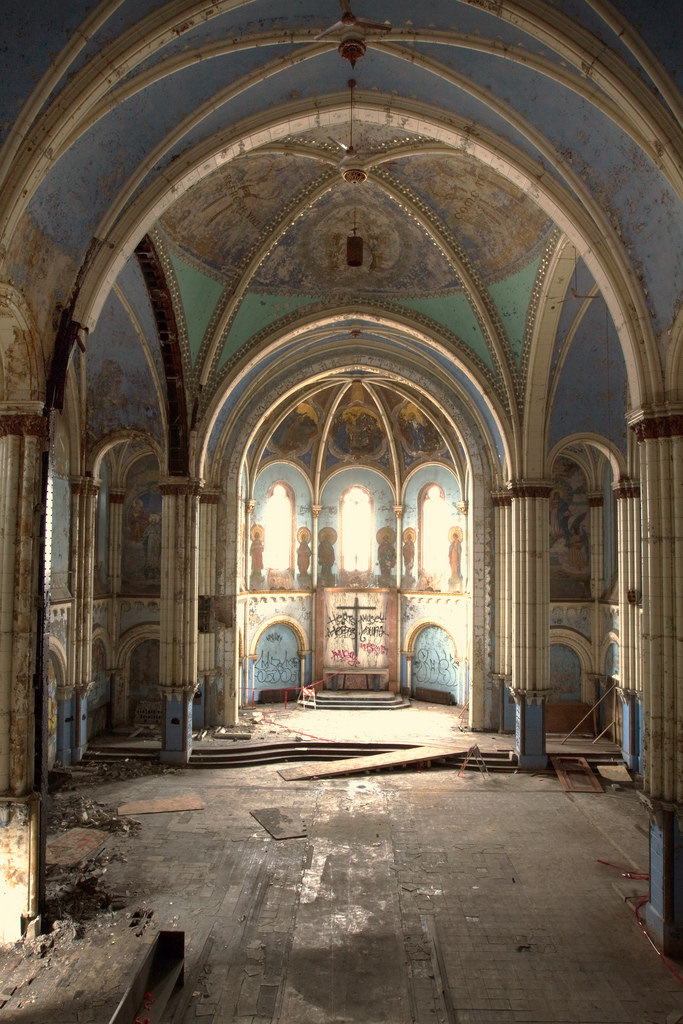
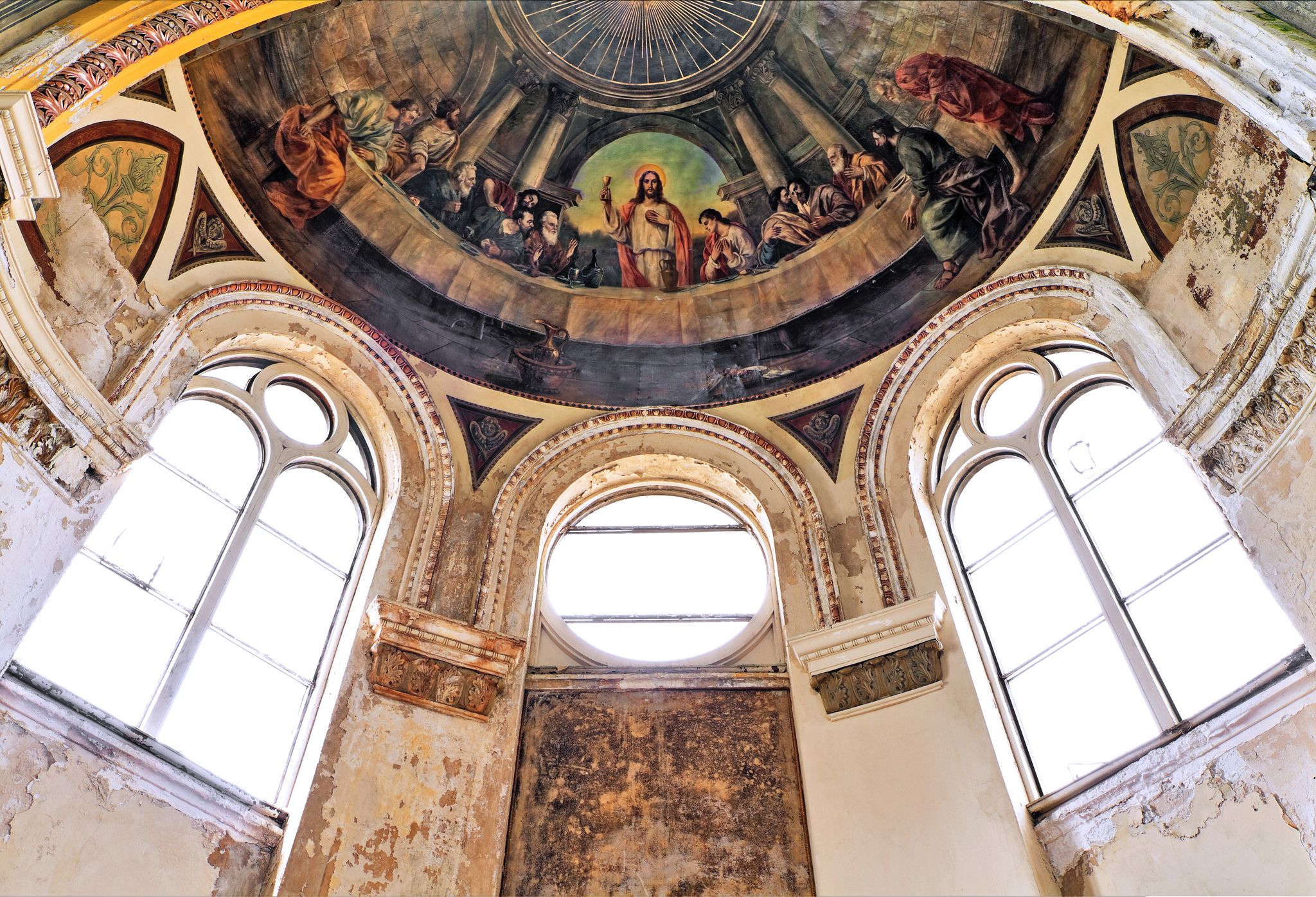
St. Laurence Church
Opened by the Archdiocese of Chicago in 1911, this now-demolished church could be found in the Grand Crossing neighborhood. The church and rectory were designed by Joseph Molitor, a prominent Chicago architect known for his churches, including Sts. Cyril and Methodius, St. Francis of Assisi, St. Joseph Roman Catholic Church, St. Bonaventure and Holy Cross Roman Catholic Church.
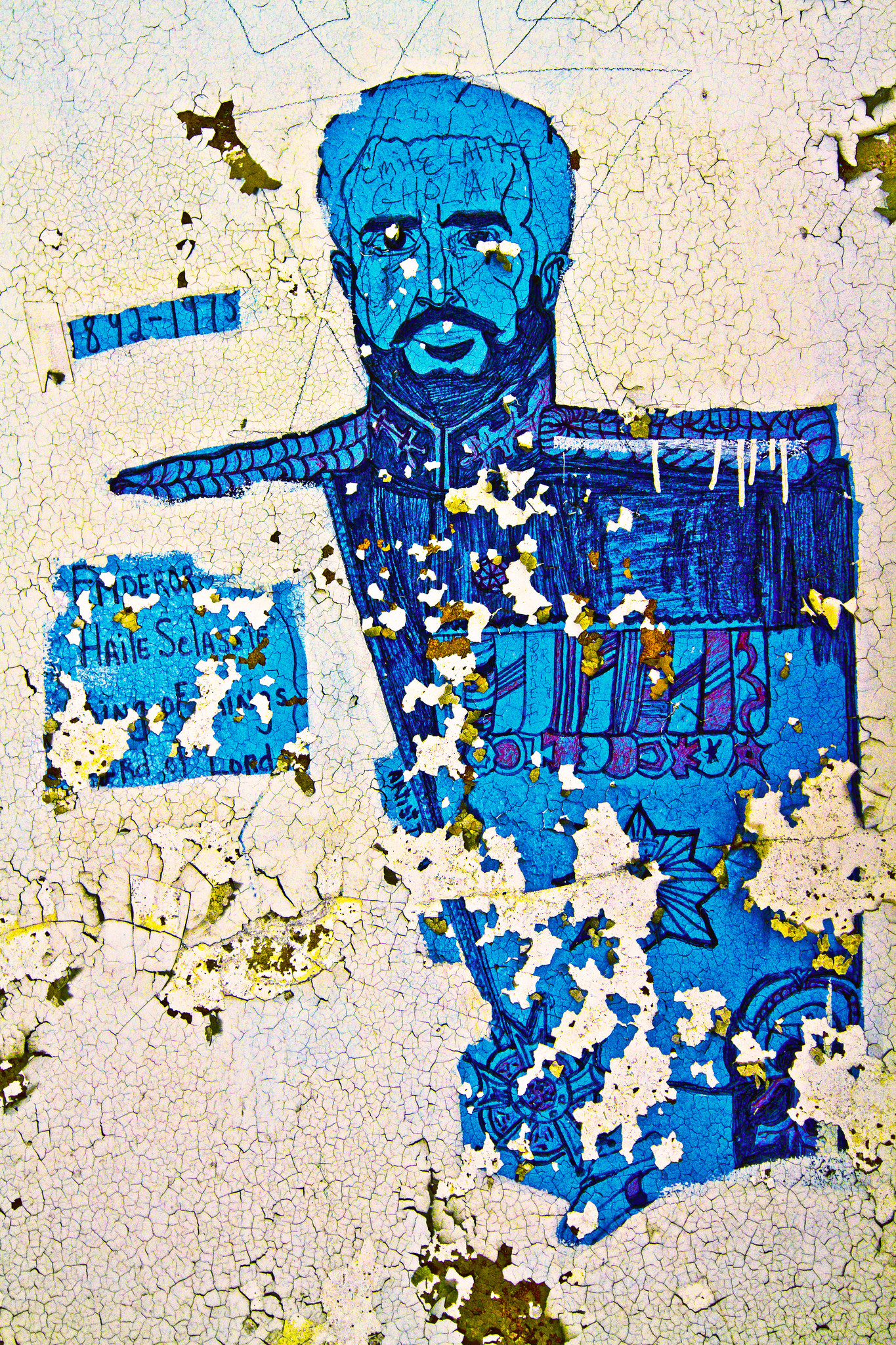
South Side Masonic Temple
A building that symbolized Englewood, the South Side Masonic Temple was built in 1921 and housed fraternal organizations up through the 1950s. The seven-story, Classic Revival structure, designed by Clarence Hatzfeld (who also designed fieldhouses for several Chicago parks) was on preservation groups’ “most endangered” lists for many years before being demolished in 2018.
Sears Building
Founded in 1893, Sears, Roebuck and Co. was the country’s largest mail order company by 1900. In 1925, the company began to open retail locations, with the first location established in Evansville, Indiana. In 2005, the company was purchased by the management of Kmart, which formed the Sears Holding Company upon the completion of the merger. Sears maintained its status as the largest retailer in the United States until October of 1989, when it was surpassed by Walmart.
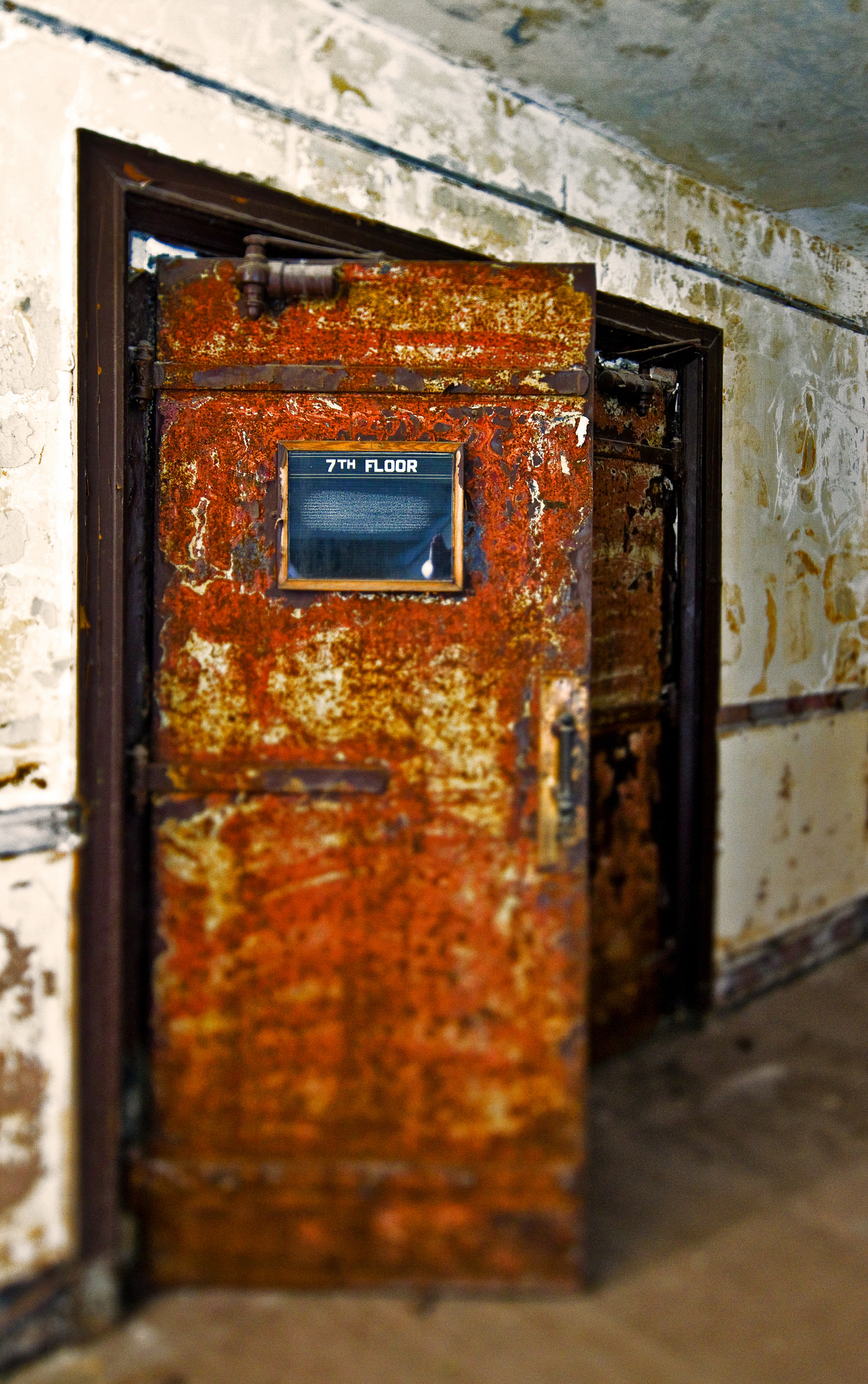
Automotive District Warehouse on the South Side
Pictured Below
Although Chicago never quite rivaled Detroit as the nation's auto capital, Chicago is steeped in automotive tradition. During the first decade of the twentieth century, no fewer than 28 companies produced 68 models of cars in the Chicagoland area. In addition, Chicago’s industrial base, which included a profusion of machine shops able to turn out automotive components, established the city as a center of manufacture of automobile parts through the 20th century. In the decades before rural roads were paved to permit intercity travel by auto, out-of-towners would travel to Chicago to purchase vehicles along the Auto Row south of the Loop and ship them home via train.
